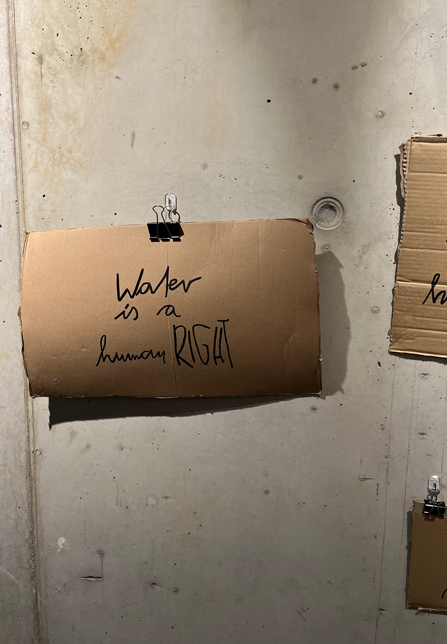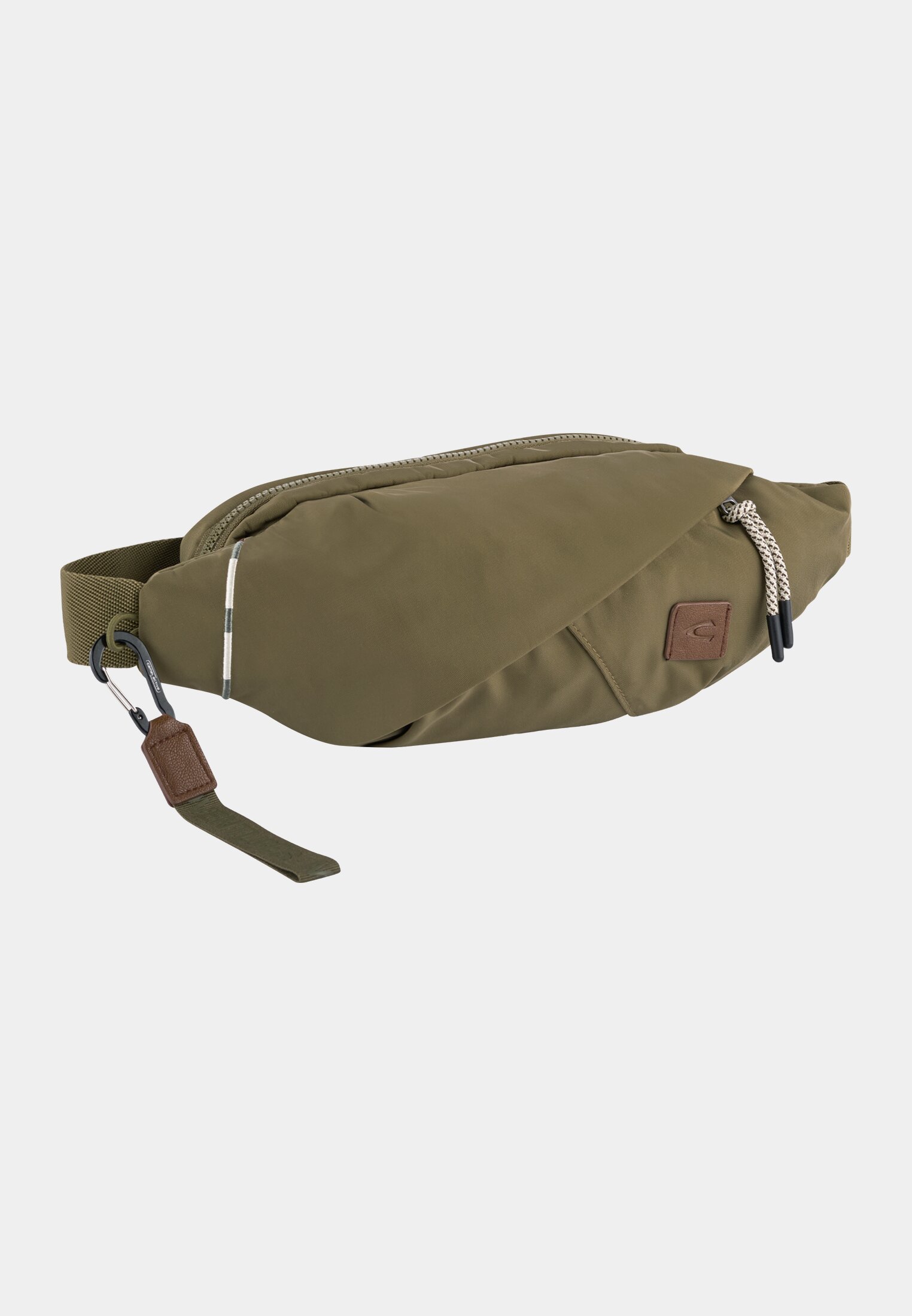
How to pack your hiking bag
Packing a hiking backpack in 10 easy steps
"I pack my hiking backpack and take with me ...?" Busted! Not sure what to take with you on your hike? How to pack your hiking backpack correctly? And what clothes are best to wear on the trail? Then you've come to the right place! Because we're unpacking! And we'll tell you our ultimate 10-step packing guide. On top of that, we've got adventure-tested packing lists and tips for day trips, multi-day tours and entire hiking holidays.
How big should a hiking backpack be?
There is one companion that no tour should be without: the hiking backpack! But how big should it be? And what is the perfect number of litres? That depends on what you're planning to do:
- Day trip: A small hiking backpack - also known as a daypack - with its 10 to 25 litres of storage space offers you enough room for everything you need for the day.
- Multi-day tour: A multi-day backpack - also called a touring backpack - with its 15 to 35 litres is ideal for an extended weekend hike.
- Trekking or alpine tour: A medium-sized trekking backpack or climbing rucksack with a volume of 30 to 45 litres offers enough storage space for your equipment. Nevertheless, it is compact.
- Hiking holidays: A classic 40 to 70 litre trekking backpack comes with plenty of space and numerous additional compartments. From a sleeping bag to a camping cooker - you can fit everything in this backpack!

Buying a hiking backpack - this is what you should pay attention to:
It's not just the size of the backpack that matters. You should also check and tick off these points: Sufficient adjustment options for an optimal fit and sufficient freedom of movement. Back padding and padded shoulder straps. Larger hiking backpacks should also have chest or pelvic straps to distribute the weight better. Also, important: uncomplicated handling and a water-repellent upper material of the backpack.

Packing a hiking rucksack: quick and easy
A well-packed hiking backpack has many advantages: It is easy on your back and shoulders. You'll enjoy more space and less chaos, and you'll have important items at your fingertips. So, roll up your sleeves and go! We show you how to pack your hiking backpack in 10 easy steps.
Step 1: Get everything ready
Before you set off on your adventure, lay out all your equipment. Anything missing? Then hand it over! Is there too much? Then sort it out! That way, you can carry your hiking backpack much more easily.Step 2: Sort your hiking gear
Can you find things quickly and easily in the endless expanse of your hiking backpack? It's possible! To do this, sort your hiking gear into the appropriate categories in advance: Clothing, provisions, electronic items, hygiene, first-aid kit and so on. Put heavy things to one side.Step 3: Roll up your hiking clothes
Yes, this really helps! Rolled-up clothes take up less space in your backpack than folded clothes. They are also easier to store.Step 4: Use packing cubes
Packing cubes allow you to pack a huge amount of clothes into a small space and compress their volume.Step 5: Pack heavy things on your back
Loads are easy to carry and easy on the back if they are placed close to the body. So pack heavy items to the back of the backpack. And make sure they are above the body's centre of gravity: above the navel towards the shoulders. Tip for more balance: Pack your hiking backpack sideways!
Step 6: Pack light items on the outside of the hiking rucksack
Underwear, T-shirts, toiletries, electronic devices and other small items belong on the outside of your hiking rucksack. Important: Don't leave anything dangling from the outside of the rucksack! You can get caught.Step 7: Socks and underwear as gap fillers
This way, you make the most of every centimetre of your backpack. It's also a good idea to drape light items around heavy ones.Step 8: Pack the most important items in your hiking rucksack to the top
Check-in at the airport, laceration or sudden cold snap? Now it's good to have your passport, first aid kit and hat to hand. So pack your most important equipment on top.Step 9: Put less important things at the bottom
There are things you don't need to have at hand on a hike. These include your sleeping bag and extra functional down jacket. Pack these either in a separate bottom compartment or at the bottom of your hiking rucksack.Step 10: Adjust the hiking rucksack correctly and off you go
Congratulations, you've packed like real pros! Now quickly check that your rucksack is optimally adjusted. And then start walking - up to the summits or deep into the forest. By the way, forest bathing is highly recommended! It lets you escape from everyday life and creates an intense connection with nature and yourself.

What clothes are suitable for hiking?
When it comes to hiking clothing, two things are most important: Comfort and good function. When buying hiking clothes, make sure that they offer you freedom of movement and ensure a comfortable body climate. A checklist of basic hiking clothing can be found here:
Hiking clothing checklist
- Functional jacket for all weather conditions: Windproof, rainproof and breathable
- Headgear against wind & sunlight
- Light fleece jacket or sweat jacket
- Flexible cargo trousers & cargo shorts with pockets for valuables
- Space-saving basic T-shirts & long-sleeved shirts
- Socks suitable for hiking
- Cotton hoody for cool evenings & nights
- Sturdy hiking boots, trekking sandals if necessary
- Change of clothes for multi-day tours or hiking holidays


The right hiking clothes for every season
Do you start your hike in changeable spring, hot summer or frosty winter? Then adapt your clothing to the season and weather. And choose some of the following items of clothing to complement them:
- Comfortable underwear
- Functional jackets with a warming lining
- Alternatively: light fibre-fill jacket or waistcoat to combine.
- Hat, scarf or light gloves
- Sports sunglasses and sun hat or cap
- Rain wear with at least 3000 water column
- Quick-drying clothing
Dress in 3 layers when hiking
Hiking clothes at the ready? Now, the 3-layer strategy helps you to dress correctly.
- Base layer: Choose T-shirts or functional T-shirts as the bottom layer of clothing.
- Mid-layer: Fleece or sweat jackets are ideal. Their thermal performance can be easily regulated thanks to the zip.
- Third layer: Depending on the season or climate, slip on a light fibre-fill jacket or any warm functional jacket.
That's it! With these tips, you'll be prepared for all kinds of weather and even for a spring hike or mountain hike.
Packing list for a day hike - what goes in the hiking backpack?
Are you still standing in the woods when it comes to packing your hiking backpack? Then here is the life-saving packing list for you. Depending on the season as well as the type, duration and length of your day hike, you can easily adapt it and always have the right equipment with you.
Packing list for a day trip
- Small hiking rucksack 10 to 25 litres
- GPS app or hiking map and compass
- Wallet with passport, insurance card and cash
- If necessary, emergency mobile phone, charged
- Water bottle 1 to 1.5 litres
- Provisions, classic snack or energy bar, nuts, dried fruit
- First aid kit plus blister plaster and bivouac sack or rescue blanket
- Hiking poles, exceptionally attached to the outside of the rucksack
- Waste bag, for the sake of the environment
- Pocket knife
- Matches or lighter
Additional equipment according to season and weather
- Rain cover, waterproof rain cover for the rucksack
- Headlamp for hikes in spring and autumn where it gets dark early
- Sun cream, at least sun protection factor 30
- Mosquito repellent or mosquito spray


Packing a hiking backpack for a multi-day tour
What is the number one rule for a multi-day tour? Leave out the superfluous, that's right! The point here is to pack as lightly as possible. Mountain guides recommend carrying a maximum of 8 kilos. For you, this means packing your rucksack as you would for a day trip and only adding a few items. Especially those you need for overnight stays.
Packing list for a multi-day hike
- Light hiking rucksack 15 to 35 litres including packing cubes
- Day-hiking equipment as a basis (see above)
- Microfibre travel towel, quick-drying
- Toiletry bag with toothbrush, shower gel, cream
- First-aid kit: diarrhoea, fever and headache tablets, personal medication
- Change of underwear, change of socks, change of clothes
- Pyjamas
- S• Sleeping bag
- Slippers or flip-flops
- Chargers for electronics
You want to sleep in a tent and prove your camping cooking skills under the twinkling starry sky? Then pack some extra equipment in your rucksack. And surprise your friends with an edible plants dish.
The perfectly packed hiking backpack for a holiday
Are you a real trekking fan and want to expand your horizons with an XL hiking holiday? Whether in the mystical Highlands of Scotland, the rugged mountain panorama of Albania or on one of the wild volcanic islands of Cape Verde: You should pack these companions in your hiking backpack before you start your trip.
Packing list for a walking holiday
- Trekking rucksack 40 to 70 litres with packing cubes
- Basic multi-day tour equipment (see above)
- Passport and passport cover
- Visa, if required
- Driving licence, international / national
- Foreign health insurance, proof
- Travel documents
- Cabin, hotel or hostel reservations with directions
- Train ticket and rail pass or air ticket
- Travelling or hiking guides
- Map, roadmap
- • EC- or Credit card that allows free withdrawals abroad
- Bank's emergency number, e.g. e.g. for card cancellations
- Foreign currency
- Fanny packs with secret compartment or breast pocket

When there is still room in your rucksack
Admittedly, this is a rare occurrence. But if it does, here are some tips for practical hiking rucksack add-ons. These things will make your hiking easier, more comfortable or even more fun:
- Camera and memory cards
- Binoculars
- Functional watch
- Small seat cushion or thermal seat cushion
- Inflatable pillow
- Handkerchiefs and toilet paper
- Tick card or tweezers
- Safety pins and sewing kit
- Spare shoelaces
- Hand sanitizer
- Travel diary











.jpg)
































